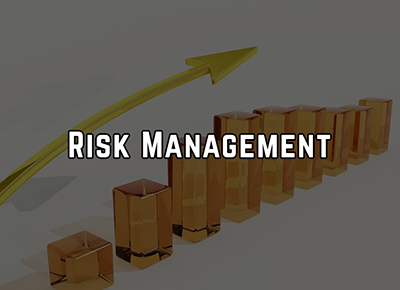The US FDA expects that as part of a product development Design Control Program risk management will be conducted. FDA also expects a post production risk management program be implemented.
FDA recommends using ISO 14971 as a guide and has accepted it as a recognized standard.
One of the techniques described in ISO 14971 is Hazard Analysis. This is the most powerful of the risk management techniques because it considers risks in normal operation as well as fault conditions. FMEA and FTA consider only fault conditions and are more suited as reliability tools than as product safety tools.
In this webinar we will explain in detail the process of conducting a hazard analysis. The confusing terms “hazard”, hazardous situation”, “harm”, “causative event”, “ALARP”, “risk index”, “benefit/ risk ratio”, and “residual risk” will be explained.
We will go step by step through a template for risk analysis so that the process is clear. Examples of hazards and hazardous situations will be discussed. How to deal with residual risk will be discussed.
We will explain how to integrate Human Factors studies into the Hazard Analysis and how to integrate Hazard Analysis into the design program. Risk level can determine the extent of CAPA investigations, validations effort, etc.
Application of ISO 14971 principles to software risk management will be explained.
Why You Should Attend:
FDA expects that as part of a product development program risk management will be conducted and risks will be mitigated as far as practical.
Risk Analysis is required in a FDA product submission.FDA recommends using ISO 14971 as a guide and has accepted it as a recognized standard.
Hazard Analysis is the most powerful of the risk management tools described in ISO 14971 but it is very confusing. Many new concepts are introduced. We will explain these concepts and provide examples so that the process is clear.
Handouts are hazard analysis forms and HA report template.
Areas Covered in the Session :
- Explanation of Hazard Analysis terms: hazard, hazardous situation, harm, risk
- Explanation of the hazard analysis process using a template
- How to complete, document, and control
- Examples of terms will be given will be covered step by step
Who Should Attend:
- Quality Assurance Departments
- Research and Development Departments
- Regulatory Affairs Departments
- Engineering Departments
MD3419


